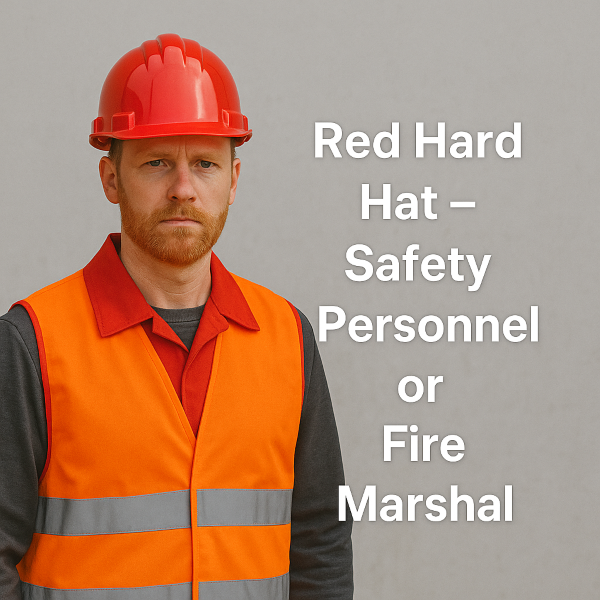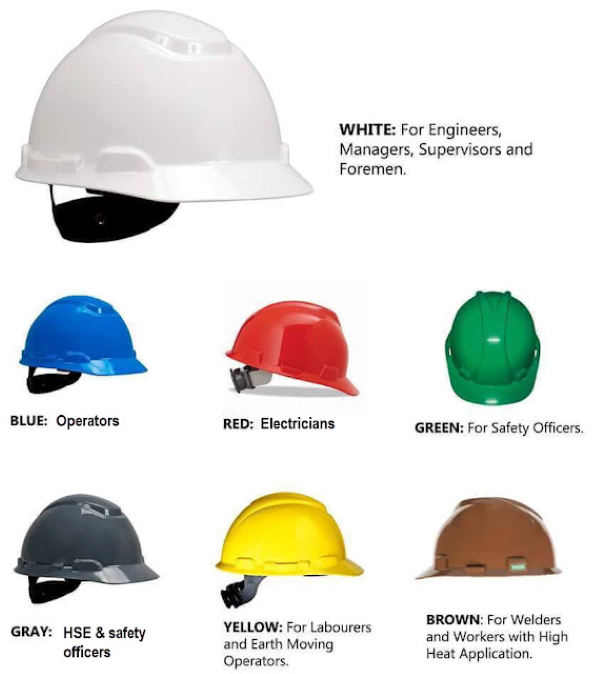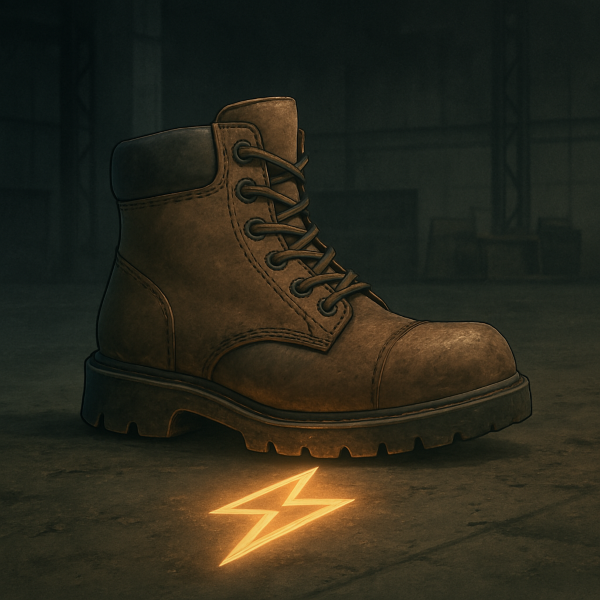Hard Hat Color Codes
What Each Color Means on a Construction Site
Walk onto any construction site, and you’ll likely see a rainbow of hard hats. But those colors aren’t chosen at random—they carry important information about a worker’s role, experience level, and responsibilities.
Understanding hard hat color codes isn’t just for fun; it enhances safety, boosts communication, and ensures everyone knows who does what on-site.
In this post, we’ll break down what each hard hat color typically represents, explore real-world use cases, include a comparison table and a visual chart, and offer practical safety tips.
Whether you’re managing a team, stepping onto a job site for the first time, or simply curious, this guide is your go-to resource.
What Do Hard Hat Colors Mean?
Hard hat color codes can vary slightly depending on the company, industry, or country. However, most follow a general pattern to standardize safety and streamline team identification.
🔴 Red Hard Hats: Safety Personnel or Fire Marshals
- Role: Emergency responders, fire marshals, or certified first aiders
- Use Case: During emergencies, red hats help quickly identify who can provide aid or lead evacuations.
- Example: A fire safety officer monitoring fire extinguisher installations or conducting fire drills.
🔹 Blue Hard Hats: Electricians, Carpenters, and Technical Advisors
- Role: Technical or specialist workers
- Use Case: When wiring buildings or constructing wooden frameworks, blue hats help distinguish these skilled workers.
- Example: An electrician checking fuse panels during a site inspection.
⚪ White Hard Hats: Managers, Engineers, Supervisors
- Role: Leadership, planning, and site coordination
- Use Case: Frequently seen during site walkthroughs or team meetings.
- Example: A project manager conducting a site-wide safety audit.
🟡 Yellow Hard Hats: General Laborers and Earth Movers
- Role: Ground-level construction workers
- Use Case: The most common hard hat color on sites, used by general laborers, earth movers, and helpers.
- Example: Workers laying bricks or mixing cement.
🟢 Green Hard Hats: New Workers or Environmental Officers
- Role: Trainees, interns, or environmental health and safety officers
- Use Case: Helps supervisors and team members recognize who may need additional guidance or monitoring.
- Example: A new recruit undergoing on-the-job training.
🟠 Orange Hard Hats: Road Crews and Heavy Machinery Operators
- Role: Traffic control, roadwork, crane operators, and forklift drivers
- Use Case: High visibility makes orange ideal for roadside and machine-heavy environments.
- Example: A crew managing asphalt pouring on a highway.
?️ Purple Hard Hats: Visitors or Unique Assignments
- Role: Site visitors or workers with special permissions
- Use Case: Differentiates temporary personnel from permanent staff.
- Example: A supplier representative conducting an on-site product demo.
⚫ Black Hard Hats: Senior Staff or Special Designation
- Role: Often reserved for senior managers or high-ranking personnel
- Use Case: Indicates authority or a specialized role on larger projects.
- Example: A senior site director overseeing multiple team units.
⚪⚫ Gray Hard Hats: Visitors or Overflow Roles
- Role: Occasional use for visitors or when other colors are depleted
- Use Case: Less common, but useful when accommodating a large number of short-term guests.
- Example: Engineering students touring a work site.
Hard Hat Color Comparison Table
| Color | Role/Responsibility | Typical Use Case |
|---|---|---|
| Red | Safety personnel, fire marshals | Emergency response and drills |
| Blue | Electricians, carpenters, specialists | Wiring, framework, inspections |
| White | Managers, engineers, supervisors | Site coordination, project management |
| Yellow | General laborers, earth movers | Construction, basic labor tasks |
| Green | New workers, environmental officers | Training, safety/environmental oversight |
| Orange | Road crews, machine operators | Road construction, crane/forklift operations |
| Purple | Visitors, unique roles | Guest walkthroughs, one-off demonstrations |
| Black | Senior staff | High-level site supervision |
| Gray | Visitors, overflow | Extra helmets, temporary assignments |

Visual Chart Summary

Safety Tips for Using Hard Hats
- Inspect Regularly: Cracks or dents? Replace it. A compromised hard hat is as good as no hard hat.
- Proper Fit Matters: Adjustable suspension systems should be tight but comfortable.
- Don’t Paint or Stick Labels Freely: Some adhesives and paints can weaken the helmet material.
- Store Safely: Keep out of direct sunlight when not in use; UV rays can degrade plastic over time.
- Know the Expiration: Most hard hats have a 3–5 year lifespan. Check the manufacturer’s guidelines.
Real-World Use Cases
- Construction Site Tour: Visitors are handed purple or gray hats to signal their non-working status.
- High-Risk Electrical Zone: All electricians are required to wear blue hats, while supervisors in white oversee the operation.
- New Employee Orientation: New hires are given green hats, making it easy for trainers to keep an eye on them.

Why Standardization Matters
Using a consistent hard hat color code system isn’t just about tradition or organization. It enhances:
- Safety: In emergencies, responders can quickly identify relevant personnel.
- Communication: Workers know who to approach for questions or directions.
- Accountability: Easier to spot unauthorized personnel or detect misplaced workers.

Conclusion
Hard hats are more than a safety requirement—they’re a communication tool. Understanding what each color represents helps everyone on-site stay informed, safe, and productive. Whether you’re leading a team, managing compliance, or simply visiting, knowing the hard hat color codes ensures you’re prepared to navigate the construction world with confidence.
Want to improve your job site safety and efficiency? Start with a smart, standardized hard hat color system. It’s a small change that makes a big impact.







